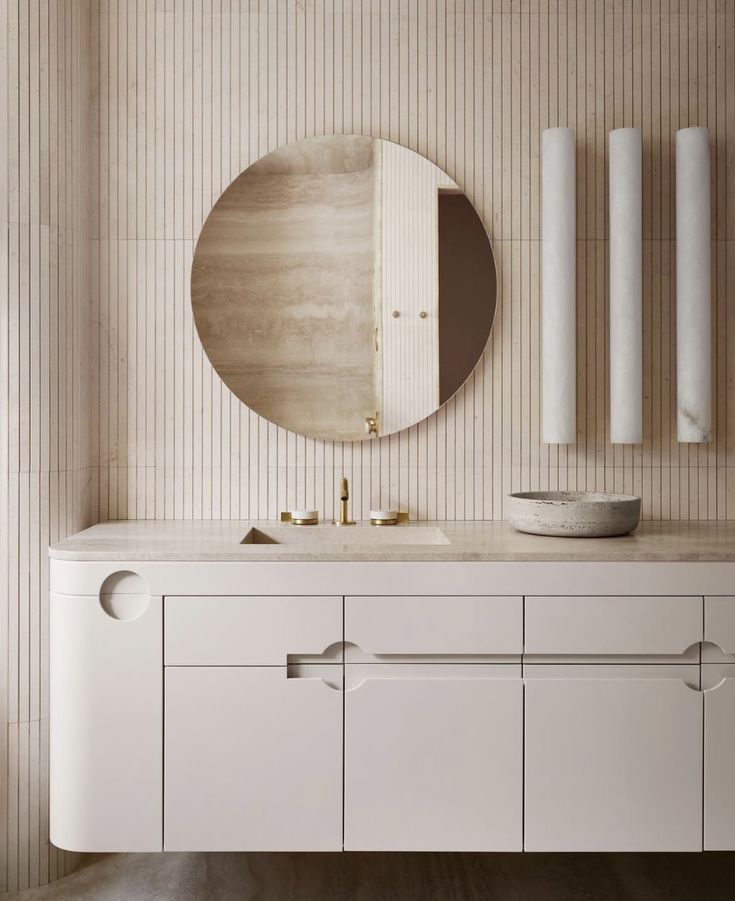Comfort in Design

These days, with the world around us changing at a rapid pace, the design of the products we use every day becomes not only a question of aesthetics, but above all of comfort.
Comfort in design is not only about how a product lies in the hand or how easy it is to use. It is also how the product communicates with the user, how it inspires confidence and offers solutions before we even realise there is a problem. In light of this philosophy, every aspect of design - from ergonomics to interaction to visual presentation - must be focused on the user and their experience.
What does 'comfort' mean in the context of design?
Comfort in design is a concept that goes beyond the physical experience of the user. Of course, ergonomics and tactile pleasure are key, but true comfort is also about ease of use, intuitiveness of operation and even the aesthetic pleasure we derive from the objects around us. Good design is one that makes a product seem 'invisible' - we use it almost automatically, without unnecessary hindrance or frustration.
How to achieve comfort in the design of everyday products?
1. Understanding the user - it all starts with an in-depth analysis of the needs, habits and expectations of the people we are creating for. Empathy is the key to designing products that truly make life easier.
2. Ergonomics - matching the product to the physiological capabilities of the human body is fundamental to comfortable use. Improper proportions or poor placement of controls can undermine even the most innovative idea.
3. Intuitiveness - the product should be understandable and easy to use from the first contact. Striving for simplicity, avoiding over-complicated solutions is key here.
4. Aesthetics - the impact that a product's appearance has on our well-being cannot be underestimated. Beauty, harmony of colours and forms, quality of workmanship - all contribute to a feeling of comfort.
Durability and reliability - comfort also means being confident that the product you are using will serve you for a long and trouble-free time. In design, this means choosing the right materials and technology.

An example from practice.
When designing domestic appliances, the designer emphasises minimalism and intuitiveness. He wants the devices to be as 'transparent' as possible to users - to serve their purpose without unnecessary interaction. The designer uses observation of the gestures we naturally make in our daily lives as a form of interaction and further adapts them to individual user habits, minimising the need for configuration.
In summary, a design that emphasises user comfort is one that combines ergonomics, intuitive interaction, clear visual communication and environmental responsibility.

Leave a comment